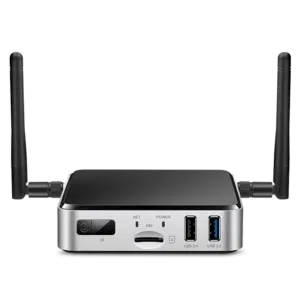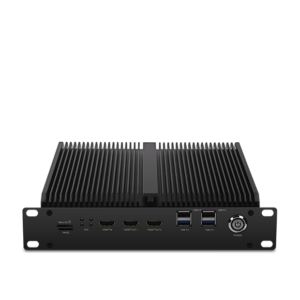AI on Edge Devices vs. Cloud AI: Advantages and Cons
AI on Edge Devices vs. Cloud AI: Advantages and Cons
Blog Article
Unlocking the Energy of AI on Edge Devices
Real-World Applications of AI on Edge Products
Synthetic intelligence (AI) is no longer confined to the region of large, centralized knowledge centers. Because of developments in engineering, edge units today enjoy a key position in deploying AI immediately where knowledge is generated. But what does AI on edge units suggest, and exactly why is it creating such a excitement? Here, we'll explore how ai on edge devices works in real life through edge units and uncover its wide selection of realistic applications.

What's AI on Side Units?
AI on edge products refers to deploying artificial intelligence calculations directly on units like smartphones, cameras, drones, or IoT sensors. These devices do not want access to centralized machines for handling information; alternatively, they conduct examination and decisions domestically, making the method faster, more efficient, and frequently more secure.
The "edge" here simply refers to processing performed near or at the source of information generation, in place of depending on the cloud. This change is pushed by the demands for real-time information handling and the need to minimize latency, enhance solitude, and reduce bandwidth usage.
Critical Real-World Applications of Side AI
1. Intelligent Surveillance
AI-powered cameras built with skin recognition, action detection, and anomaly recognition are transforming security systems. Side units in this domain can analyze movie channels in real-time to identify suspicious actions, eliminate fake alarms, and increase public safety. For example, AI algorithms can find unusual actions and attentive authorities immediately without the necessity to send video information to a main machine for analysis.
2. Healthcare Tracking
Wearable units and lightweight medical equipment are leveraging m.2 ai accelerator for handling wellness knowledge more efficiently. Edge-based AI in products like wellness trackers and smartwatches screens users' vitals, such as heartrate, oxygen levels, or blood stress, in real-time. These programs analyze knowledge locally and offer instant feedback, paving the way in which for faster intervention throughout emergencies.
Beyond wearables, advanced medical imaging units designed with on-device AI may discover signals of diseases like cancer, permitting early in the day diagnoses even in distant areas without net connectivity.
3. Autonomous Vehicles
Self-driving vehicles are among the absolute most well-known samples of edge AI in action. With receptors, cameras, and LiDAR methods providing as information resources, AI computations get place onboard these vehicles to produce split-second decisions. From detecting pedestrians and limitations to navigating town roads, side AI ensures that the car operates easily and efficiently. The real-time handling capability of edge products eliminates the reliance on high-latency cloud programs, ensuring safety in life-critical scenarios.
4. Retail Analytics
Side products in retail environments are supporting corporations analyze consumer behavior. Smart cabinets and AI-equipped cameras may find client tastes, monitor stock, and actually modify in-store experiences in actual time. The info made from these devices helps retailers make educated conclusions, improve client satisfaction, and optimize inventory management.

5. Commercial IoT
Factories and commercial crops are adopting edge AI to revolutionize their checking and automation processes. AI-powered receptors on machinery detect potential problems a long time before they result in costly failures. Predictive maintenance pushed by side AI decreases downtime, improves output, and guarantees security on the production floor.
6. Personalized Activities in Consumer Devices
Your smartphone is a primary exemplory instance of how side AI personalizes consumer experiences. Functions such as for instance style personnel, adaptive camera options, and on-device language translation use real-time AI to react to individual needs without giving painful and sensitive information to additional servers. This fosters both comfort and solitude for the conclusion user.
The Rising Influence of Edge AI
The adoption of AI on edge products remains to spike, pushed by industries' increasing demand for low-latency, real-time computing, and larger information privacy. Its applications are reshaping industries which range from healthcare and automotive to public security and retail. By putting AI's energy nearer to where data is made, edge products aren't just increasing efficiency but additionally demonstrating the limitless possible of invention in the current related world. Report this page